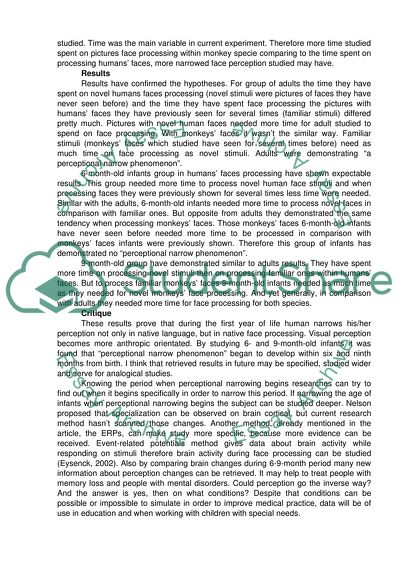Cite this document
(“Review and critique of Is face processing species-specific during the Essay”, n.d.)
Review and critique of Is face processing species-specific during the Essay. Retrieved from https://studentshare.org/psychology/1668277-review-and-critique-of-is-face-processing-species-specific-during-the-first-year-of-life
Review and critique of Is face processing species-specific during the Essay. Retrieved from https://studentshare.org/psychology/1668277-review-and-critique-of-is-face-processing-species-specific-during-the-first-year-of-life
(Review and Critique of Is Face Processing Species-Specific During the Essay)
Review and Critique of Is Face Processing Species-Specific During the Essay. https://studentshare.org/psychology/1668277-review-and-critique-of-is-face-processing-species-specific-during-the-first-year-of-life.
Review and Critique of Is Face Processing Species-Specific During the Essay. https://studentshare.org/psychology/1668277-review-and-critique-of-is-face-processing-species-specific-during-the-first-year-of-life.
“Review and Critique of Is Face Processing Species-Specific During the Essay”, n.d. https://studentshare.org/psychology/1668277-review-and-critique-of-is-face-processing-species-specific-during-the-first-year-of-life.


